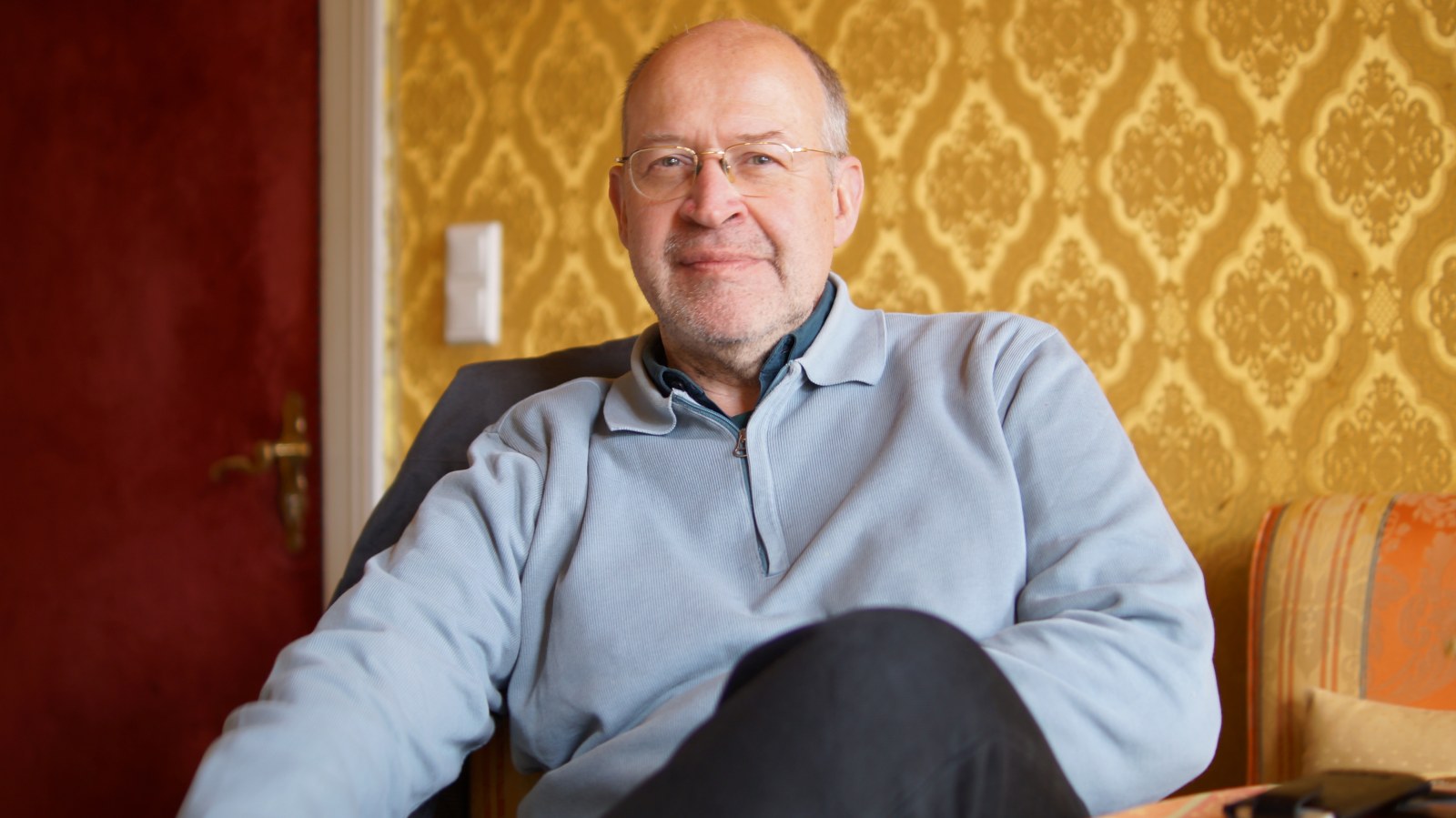Martin Honert

Martin Honert was born 1953 in Bottrop, Germany. He lives and works in Düsseldorf and Dresden.
The artist studied at the Academy of Fine Arts in Düsseldorf and holds a professorship at the Academy of Fine Arts in Dresden since 1998. He represented Germany in the 46th Venice Biennale in 1995.
Since the early 1990s, Martin Honert has been redefining the possibilities of contemporary sculpture. Honert attended Fritz Schwegler’s master class at the Academy of Fine Art Düsseldorf in the 1980s and, like his fellow students Katharina Fritsch and Thomas Demand, has redefined the concept of medium specificity. This has resulted in an extremely varied oeuvre: For each work, the artist develops an individual process and materiality. Honert first attracted international attention when his work was exhibited in the German Pavilion at the 46th Venice Biennial in 1995 (with Katharina Fritsch and Thomas Ruff).
Honert works in his studio over a period of several years producing each of his works by hand. Painstakingly crafted and elaborately staged three-dimensional works capture the ambivalence associated with memories from childhood, to understand the perseverance of an image, significance of which is not immediately apparent, not even to the artist himself.
His work has been the subject of major retrospectives at Hamburger Bahnhof – Museum für Gegenwart in Berlin in 2012 and at the Vancouver Art Gallery in 2013.
Further selected solo exhibitions include: Martin Honert. Fliegendes Klassenzimmer, Oktogon, Kunsthalle der HfBK, Dresden (2021); Group of Teachers, The Music Center at Strathmore, North Bethesda (2016); Martin Honert, Vancouver Art Gallery, Vancouver (2013); Kinderkreuzzug, Hamburger Bahnhof - Museum für Gegenwart, Berlin (2012); Comma 21: Martin Honert, Bloomberg Space, London (2010); Martin Honert, Kunsthalle im Lipsiusbau, Staatliche Kunstsammlungen, Galerie Neue Meister, Dresden (2007); under cover – aus dem Verborgenen, Kunsthalle Düsseldorf, Düsseldorf (2006), and Martin Honert, Landesmuseum für Kunst- und Kulturgeschichte, Münster.
Selected group exhibitions include: Scale: Sculpture (1945-2000), Fundación Juan March, Madrid (2023); Deine Kunst. Neupräsentation Sammlung Städtische Galerie Wolfsburg, Städtische Galerie Wolfsburg, Wolfsburg (2021); Recent Donations and Long-Term Loans, MUDAM, Luxembourg (2019); Forgetting. Why We Don't Remember Everything, Historisches Museum Frankfurt, Frankfurt am Main (2019); Grand Opening, Kunsthalle Mannheim, Mannheim (2018 – ongoing); Man as a bird. Images of Journeys, Palazzo Sorenzano Van Axel, Venice (2017); Jaguars and electric eels, Julia Stoschek Collection, Berlin (2017); EchtZEIT RealTIME, Kunstmuseum Bonn, Bonn (2016); Formes Biographiques, Carré d’art – Musée d’art Contemporain, Nîmes (2015); Enlight my Space. Art after 1990, Kunsthalle Bremen, (2015); lens-based sculpture – The transformation of sculpture through photography, Akademie der Künste, Berlin (2014); Sculpture at the Düsseldorf Art Academy from 1945 to the Present, K20 Kunstsammlung Nordrhein-Westfalen, Düsseldorf (2013); The Promised Land, Albertinum, Dresden (2010); Vertrautes Terrain. Aktuelle Kunst in & über Deutschland, ZKM Zentrum für Kunst und Medien, Karlsruhe (2008) and Spielräume, Wilhelm Lehmbruck Museum, Duisburg (2005).
Honert’s work is held in many public collections including the Kunstsammlung Nordrhein-Westfalen, Düsseldorf; Museum für Moderne Kunst, Frankfurt; Museum of Contemporary Art, Los Angeles; Nationalgalerie Staatliche Museen zu Berlin; me Collectors Room/ Stiftung Olbricht, Berlin; Sammlung Zeitgenössischer Kunst der Bundesrepublik Deutschland, Berlin; The Montreal Museum of Fine Arts, Montreal, and Vancouver Art Gallery, Vancouver.